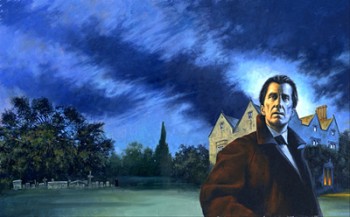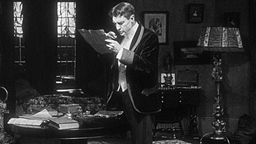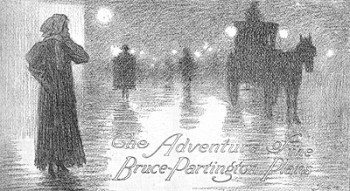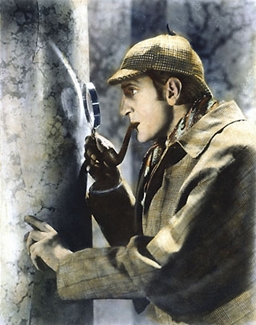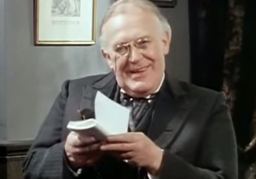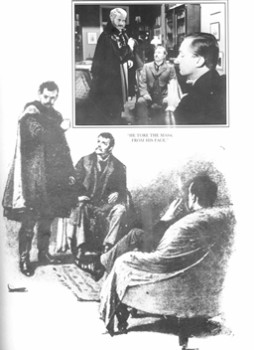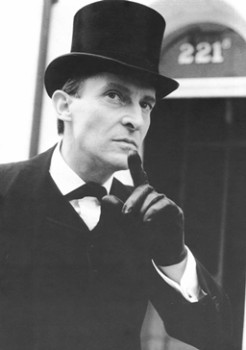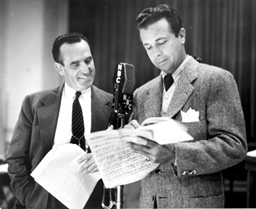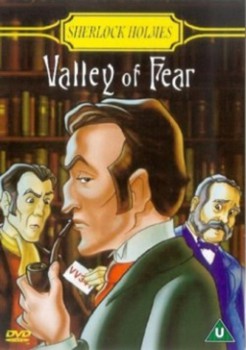The Public Life of Sherlock Holmes: Sidney Paget Draws the Great Detective
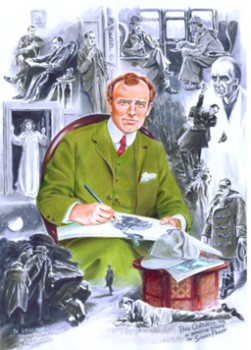
Last month, I mentioned that it was illustrator Sidney Paget who first adorned the head of Sherlock Holmes with a deerstalker. Along with Frederic Dorr Steele, Paget is certainly one of the two most significant illustrators of the great detective.
Baker Street Essays is one of my two, free, online newsletters. The most recent issue (#5, February 2014) contained my essay, “The Illustrated Holmes.”
Strongly influenced by Walter Klinefelter’s excellent (though black and white) book, Portrait of a Profile, I believe it to be the best look at the history of illustrators of the Canon you’ll find on the internet (it’s not exactly a crowded field!).
Today’s post, with a bit of fiddling, contains the Paget portion of that essay. Did you know Sidney was chosen by mistake? The Strand Magazine meant to hire his brother, Walter, who ended up modeling for Holmes! And Doyle thought that Paget made Holmes too handsome!
A few illustrators, including the author’s own father, Charles Altamont Doyle, had provided drawings of Holmes for the first two stories, the novellas A Study in Scarlet and The Sign of Four, without making much of an impression.
And as we know, those two books didn’t do very well. It was the short story format that Doyle applied to Holmes for The Strand Magazine that turned the world’s first private consulting detective into an enduring literary and pop culture icon. And there we meet the first (and arguably foremost) Holmes illustrator…
